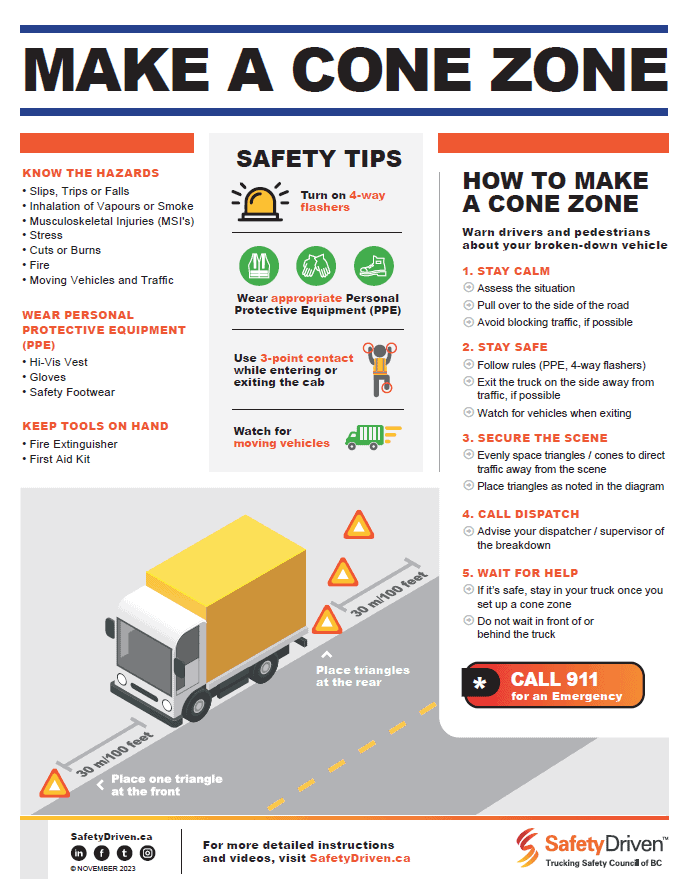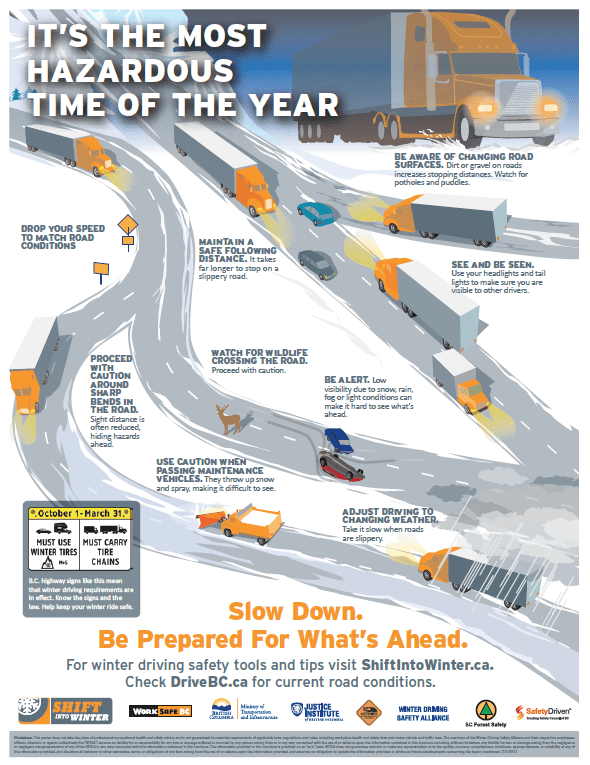
There’s a lot more to driving than driving.
The National Safety Code can sometimes be so challenging for fleet organizers — like compliance officers and record keepers– that we forget that drivers have a lot of processes and rules to understand.
How old is your average driver?
If a professional driver has been driving since before 1990, he began without the existence of National Safety Code. He did not have to understand Hours of Service or logs so he likely had to learn as he went and without the easy access of the internet, he may have missed crucial information or he may have been give inaccurate standards.
It is important for carriers to educate and update drivers on the National Safety Code to ensure that everyone is complying. This prevents unnecessary roadside violations and possible out-of-service declarations. Drivers must be trained on the National Safety Code to make sure that they have a good understanding of what the regulations look like and what are their responsibilities.
Drivers should be taught pre- and post-trip inspections, Hours of Service, logging, and other areas of compliance such as anti-lock braking systems on air brakes. There are also expected to understand the impact their National Safety Code violations will have on their company’s carrier profile and how this could lead to audits. These audits include a review of at least the last 90 days of trip inspection reports and the last six months of drivers’ Hours of Service logs. This can result in fines for the drivers after the fact and demerit points on the company’s carrier profile.
While a good overview of the National Safety Code is important for all drivers, it is the regular and continuous updating and upgrading training that keep drivers well informed and conscientious. The best tool for compliance is regular communication with drivers.
Drivers will get the most demerit points for the company through poor operating and record-keeping practices. Companies use several checks and balances to reconcile records and discover non-compliant practices, intentional or otherwise. Knowing this, drivers are more likely to communicate problems or misunderstandings with their companies.
Remember, a company can’t blame a driver for doing something wrong unless they are sure that he knows the right way.
Driver training must be regular to keep drivers informed and compliant.
Register for a National Safety Code hosted by BC Trucking Association.
Latest Resources
Make a Cone Zone
Dowload this poster for tips on how to make a safe cone zone.Winter Hazards Poster
Drivers need to recognize winter hazards. Share this poster to remind drivers how to ...

